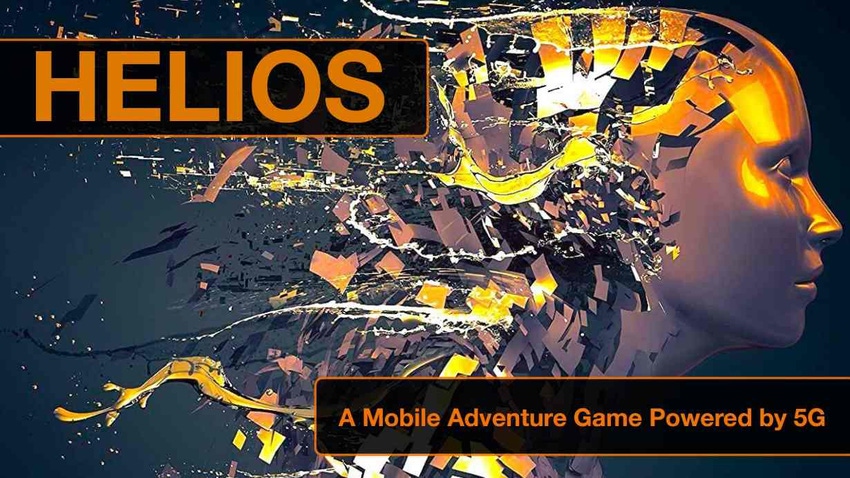US operator Verizon has teamed up with a couple of firms called 30 Ninjas and Novelab to produce an ‘AR adventure thriller’ which is supposed to take full advantage of 5G.
March 16, 2022

US operator Verizon has teamed up with 30 Ninjas and Novelab to produce an ‘AR adventure thriller’ which is supposed to take full advantage of 5G ultra wideband.
The three firms announced today that they are working on a narrative mobile Augmented Reality adventure called Helios which utilises 5G connections to create an ‘unbelievable immersive experience.’ The game will use volumetric video (3D holograms) to tell a story involving ‘a missing sister, a coverup, a hacktivist who has double crossed the wrong bad guy and a young woman named Petra Barnes.’
The release explains that ‘your 5G phone is the portal to the metaverse’, and the game will require players move around ‘an augmented version of their personal physical space (home, apartment, office, street corner)’ in order to uncover more clues and make progress. Cinematic video content, AR puzzle-solving, and lifelike 3D AR characters that users can virtually interact with are all promised.
The edges between VR, AR and metaverse seem to be getting a little blurred here, and 3D holograms are surely something separate from AR viewed through a screen, but we’ll leave that aside for now.
“I started 30 Ninjas with Julina Tatlock and Jed Weintrob for precisely this type of project and partnership with Verizon,” said Doug Liman, co-founder and partner of 30 Ninjas. “We’re drawing on everything we know about making great entertainment and applying it to an entirely new medium. One with that you carry with you everywhere. Given the chance to build new worlds on the most powerful phones, untethered from home internet: The Mobile Metaverse has limitless potential.”
Erin McPherson, chief content officer at Verizon added: “Verizon and 30 Ninjas’ 5G content collaboration blends industry-leading storytelling with next-gen technology. We’re thrilled to work together to create a captivating interactive thriller that showcases the evolution of mobile entertainment and the capabilities that we can unlock in our smartphones on Verizon’s 5G network.”
Strapping on a VR headset to bomb down a virtual rollercoaster or using an enabled AR device to shoot enemies in a game are the sort of things lots of telco firms have long been waving about as proof of how great 5G is or will be. Mobile World Congress saw plenty of it, and it doesn’t seem like it’s going anywhere in terms of marketing faster mobile internet speeds to consumers.
But at some point one of them is going to have to explain exactly why these AR/VR/metaverse things are intrinsically tied to 5G – a primarily mobile technology in the consumer space. Nothing that involves visually obscuring what’s physically in front of you in favour of a virtual landscape is feasible for use outside the home – and even then there’s a good chance the cat is going to get a boot in the rear. So if higher connectivity speeds are apparently vital for it all to work, surely it’s more logical to tie it to full fibre packages.
This particular use case is about AR not VR of course, and while it’s slightly more plausible to be plugged into a game while you are wandering about via AR as opposed to VR without being fatally introduced to the front end of a bus, it still seems thin. It’s certainly possible that someone might want to stand in the middle of a pavement talking to a holographic character about coverups and missing sisters, but at the very least this would attract some funny looks from passers by, and more likely some suggestions to ‘get out of the f***ing way!’
About the Author(s)
You May Also Like








.png?width=300&auto=webp&quality=80&disable=upscale)


_1.jpg?width=300&auto=webp&quality=80&disable=upscale)


.png?width=800&auto=webp&quality=80&disable=upscale)